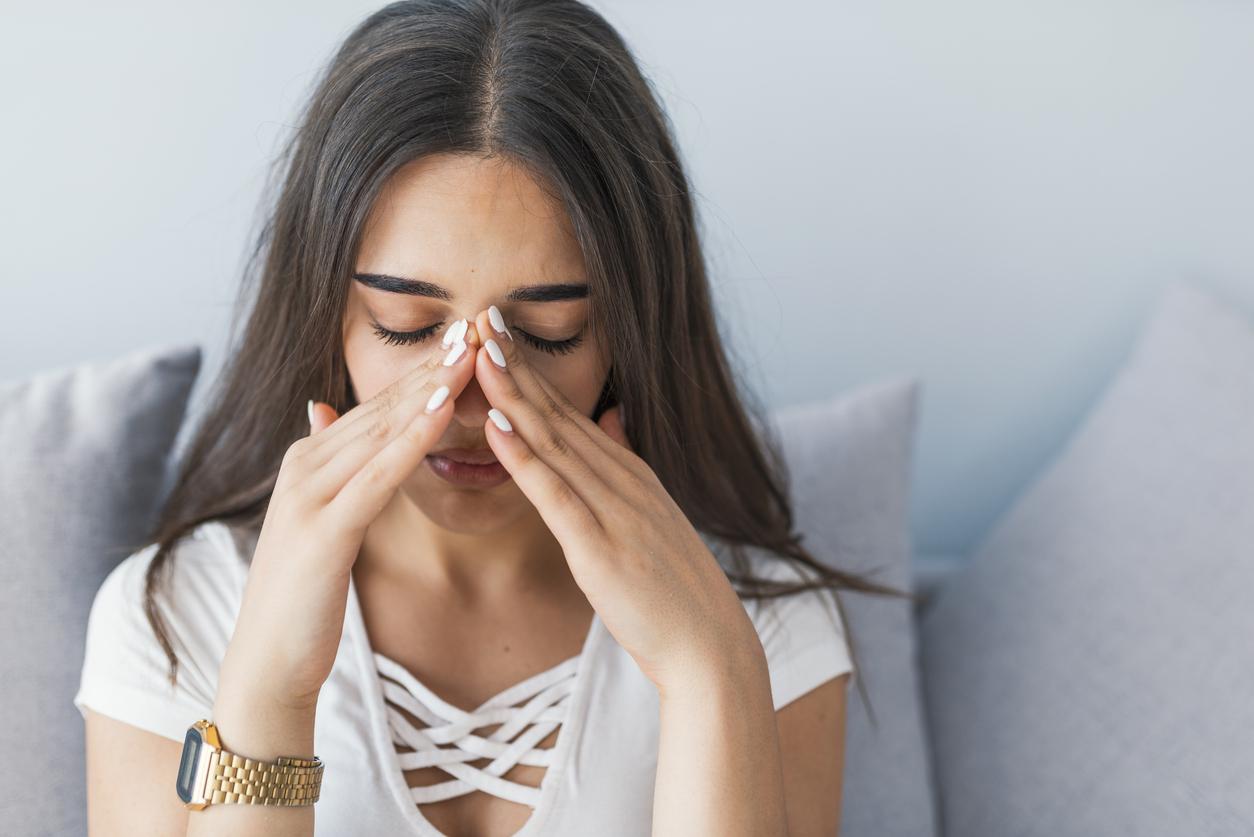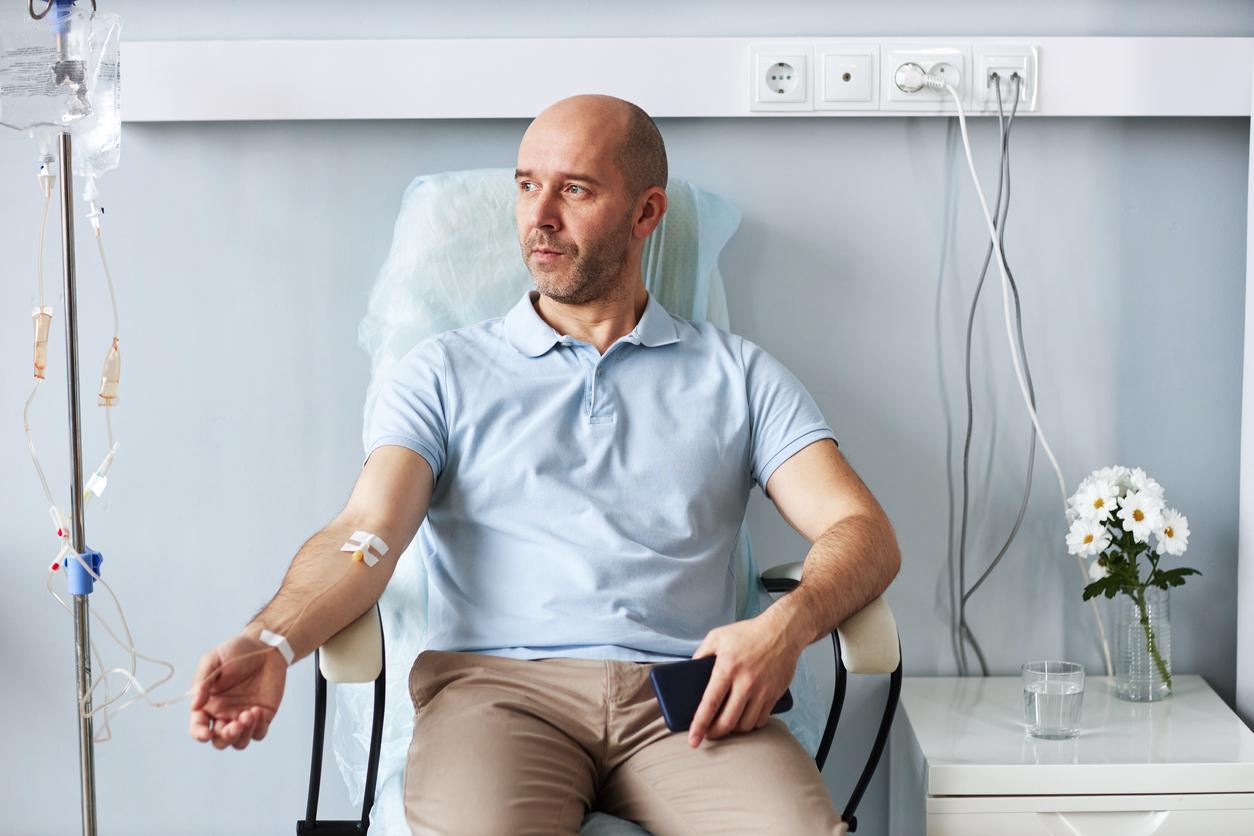For a long time, dentists kept telling us that we had to brush our teeth at least three times a day to maintain healthy teeth. But as this recommendation was only followed by one in four French people, about ten years ago, the French Union for Oral Health (UFSBD) therefore decided to review its recommendations and adapt them to our way of life. From now on, two daily brushings (morning and evening only) are recommended, because dental plaque takes 12 hours to form.
But don’t think you’ll get away with it: one less brushing is one thing. But dentists insist on the duration of brushing: it must last at least two minutes each time (and not between 43 and 50 seconds as is the case today for most of us). And also insist on the choice of toothpaste.
Toothpaste: always with fluoride
The introduction of fluoride as an anti-caries agent in toothpastes dates back to 1947. Mineral (sodium fluoride, sodium monofluorophosphate, etc.) or organic (Olaflur), fluoride has gradually established itself in all toothpaste formulas. Its incorporation has made it possible to considerably reduce the prevalence of dental caries in the world, in particular thanks to the fluoride ions which are really active.
“Fluoride ions are limited in cosmetics to a dose of 0.15% (i.e. 1500 ppm, unit approved by use in the oral field). The risks of chronic intoxication are low. This happens in the event of ingestion of a large quantity of toothpaste, in particular by children who are not old enough to spit it out or in particular psychiatric situations” underlines the UFSBD.
How to optimize the 2 daily brushings?
To replace brushing your teeth at midday, which is impractical when working, oral health professionals recommend rinsing your mouth with a glass of water after a meal and chewing sugar-free gum. Chewing gum will make it possible to produce saliva with a higher bicarbonate content and therefore better able to fight against the acid attacks of food and in particular sodas.
To optimize the two daily brushings, the UFSBD also recommends switching to an electric toothbrush because it is more effective than a manual toothbrush in removing plaque and reducing gum inflammation.
Read also :
- Dental hygiene: are you doing too much or not enough?
- 4 small dental problems to never neglect
- Fatigue: a good descaling to get back in shape?


























